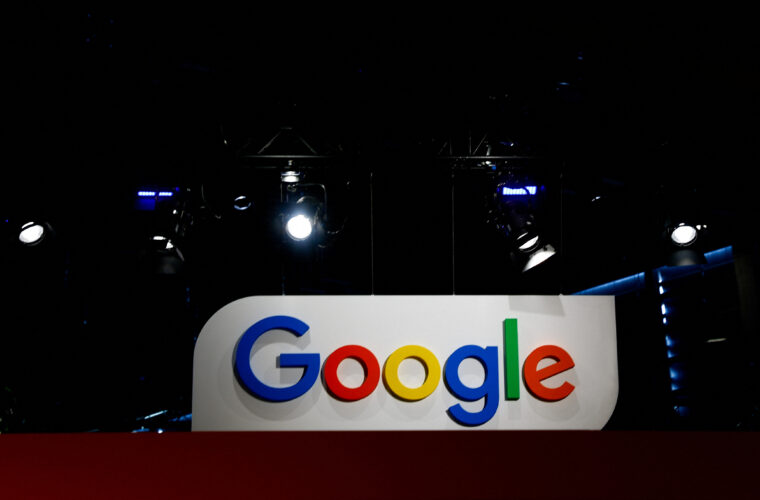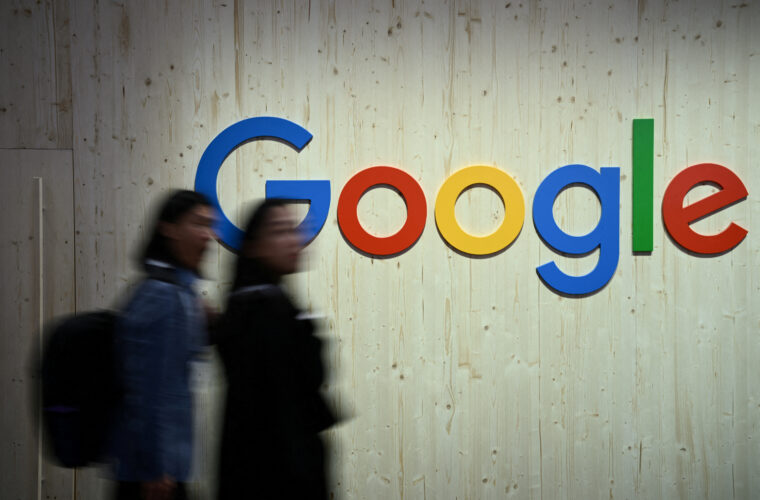Micro XR: Google’s extended reality platform may be close to launching
We have known for some time that Google and Samsung have been collaborating to develop a new platform for extended reality devices called Micro XR, designed to support a wide range of XR devices produced by various companies, so not just Samsung’s anticipated visor. The latest version of the Play Store reveals the existence of a new configuration app called Micro XR, but that is not the only tangible sign that work is underway and may even be well advanced.
AssembleDebug, which has long been anticipating Google’s upcoming features in its Telegram channel, GappsMod Flags, has revealed some new details about the new platform for mixed and extended reality devices, which is already being referred to as “the Android of the XR.” at the moment it is called Micro XR, and as mentioned initially, it appears in several portions of code. First, Play Store has introduced a new category, “ANDROID_XR,” in addition to the existing categories for phones, tablets, foldable devices, wearables, cars, TVs, and Chromebooks. This means that we may soon see a number of devices from various companies taking advantage of the capabilities of the XR platform.
A completely new category
First of all, Play Store has introduced a new category, “ANDROID_XR,” in addition to the existing categories for phones, tablets, foldable devices, wearables, cars, TVs, and Chromebooks. This means that we may soon see a number of devices from various companies taking advantage of the capabilities of the XR platform. Signs of a new setup app for Micro XR were also identified in the Play Store release, referring to a package named com.google.android.xr.setupwizard. A unique “uses-feature” tag was added to the Google Play Services code to ensure that apps can distinguish between standard Android and Micro XR devices. Devices using the Micro XR platform will declare android.software.xr.immersive to allow applications to recognize and adapt to the XR environment.

Finally, several indicators in both apps reference the Micro XR platform, designed to allow Google engineers to test new features in production versions of the apps but without making them available to the public. One is in the Play Store, AndroidXr_is_android_xr, which is believed to define whether a device runs on the Android XR platform and possibly highlight suitable apps for such devices. Another in Play Services, Common_android_xr_feature_flag_enabled, is likely intended to be enabled on the XR device to allow access to certain features. As mentioned in the past, Google may have decided to focus only on the software part and not be working on its own visor. But on balance, Google’s ultimate goal may be twofold: to collaborate with Samsung on the XR visor and to develop the Micro XR software for manufacturers aiming to produce their own innovative smart glasses.
Apple has opened the door
Moreover, sources corroborate an earlier report that the Google XR headset was delayed due to the Apple Vision Pro. The unveiling of the Apple Vision Pro prompted Google and Samsung to push back plans so the team could review the design and specs. Google employees, who had been informed of the delay, reportedly did not think the XR headset would be as impressive as the Apple Vision Pro. A Google employee told Business Insider that even with the delayed launch timeframe, it might need to provide more buffer for the XR device to match what the Apple Vision Pro offers. Only time will tell whether Samsung and Google will be pressurized to launch their device next year or delay even further.



